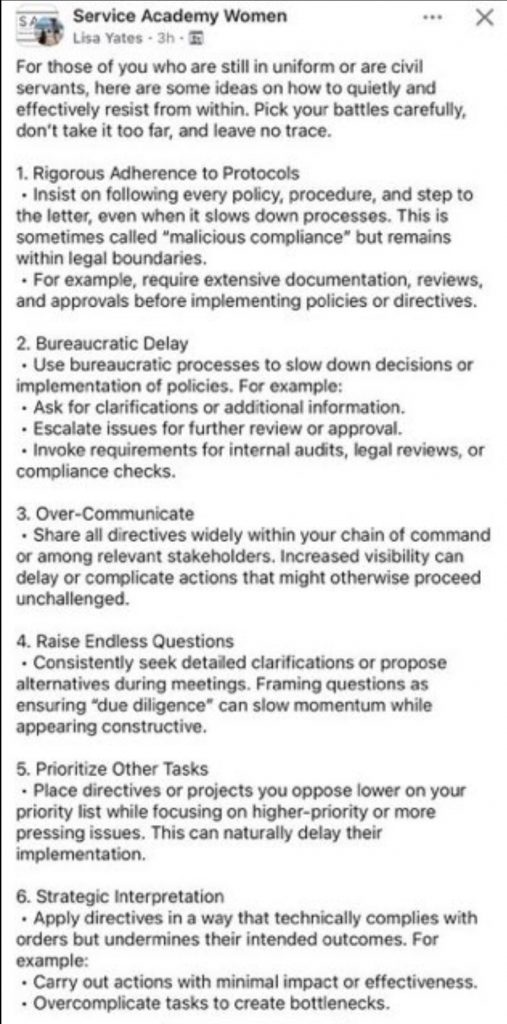A friend recently posted his objection on Facebook to the fact that the US Naval Academy had removed 381 books from its library. The comments on the post were quite interesting, and the wide spectrum of opinions expressed made me want to learn more. Reports from various news sources confirmed that books had in fact been removed. Less certain was the precise source of the order to remove the books.
The removal was supposedly done in response to directives received from the Department of Defense. According to reports, the goal of these directives was for all units and agencies to review all training materials and remove instruction on topics related to “diversity, equity, and inclusion” (DEI). I quickly came across what appears to be the actual directive on a DoD Web site.
This document was sent with the subject line “Digital Content Refresh” and contained the sentence, “Components must take all practicable steps, consistent with records management requirements, to remove all DoD news and feature articles, photos, and videos that promote Diversity, Equity, and Inclusion (DEI).” The directive refers to Web sites, but it does not mention library books,. This left the development at Annapolis an open question.
Additional searching did not uncover any evidence that library books had been removed at the US Military Academy or at the US Air Force Academy. With this discovery at Annapolis was nothing more than a case of malicious compliance that was designed to embarrass the current administration.
This is not the first time this has happened this year within the Department of Defense. In January, at least one Air Force unit removed instructional units about the World War II service of the famed Tuskegee Airman and the WASPs. Those events are described in this article in the Air and Space Forces Magazine.
About the time that these events were occurring, I came across a post on social media that was supposedly from a female former Army intelligence officer. She addressed “Service Academy Women” and gave them tips on how to “resist.” In addition, I found a reference to an older document from which this social media post might have been taken. Here are the two documents:


Wondering about the potential source of the older document, I submitted a query to three generative AI systems (Grok from xAI, Claude 3.7 from Anthropic, and Google’s Gemini 2.5 Pro. Grok suggested the excerpt might be from “The Screwtape Letters by C.S. Lewis, a 1942 satirical novel.” Claude and Gemini both concluded that the document was likely “an excerpt from the OSS Simple Sabotage Field Manual from 1944, specifically section (11a) “Organizations and Conferences.” Gemini provided this summary:
In essence, the second image adapts and repackages WWII-era sabotage techniques, originally intended for use against enemy organizations, as methods for internal resistance within modern military or government structures. The core methods of using bureaucracy, procedure, and communication to obstruct and delay remain the same, just presented in a contemporary context with updated language.
The purpose of malicious compliance such as this is to generate negative views towards the current administration. Seeing that the comments on your post range from very positive to very negative, it is safe to say that this effort to foment dissension was successful. The endeavor was aided as per usual by mainstream media such as the New York Times, the source of the article that my friend posted. Unfortunately, it seems these types of occurrences are par for the course in the Age of Trump.
